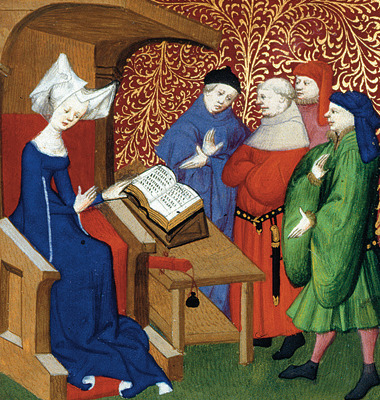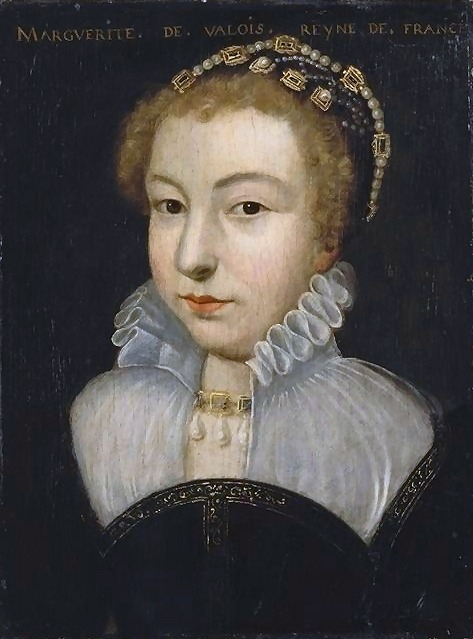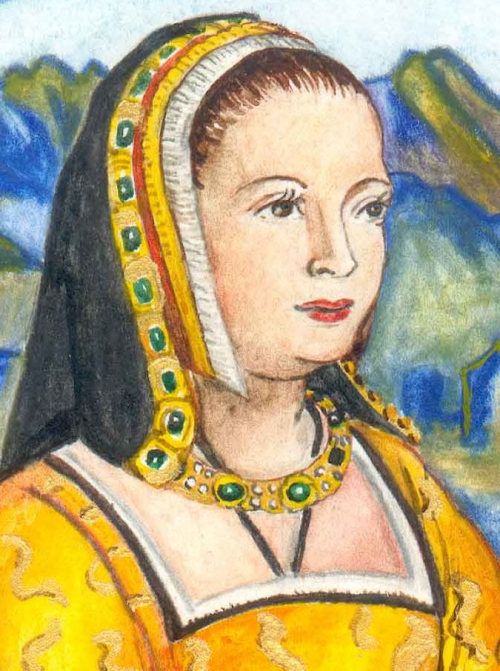#renaissance france

Ever After: A Cinderella Story (1998) dir. Andy Tennant

Reign (2013-2017)

Reign (2013-2017)

Reign (2013-2017)
Anne de Pisseleu d’Heilly, Duchess of Étampes (1508 – 1580) was the mistress of Francis I of France. She was a daughter of Adrien de Pisseleu, seigneur d’Heilly, a nobleman of Picardy, who, with the rise of his daughter at court, was made seigneur of Meudon, Master of waters and forests of Île de France, of Champagne and of Brie. She came to court before 1522 and was one of the maids-of-honour of Louise of Savoy, Duchess of Angoulême, the mother of Francis I. Francis made Anne his mistress, probably upon his return from his captivity at Madrid (1526), and soon gave up his long-term mistress, Françoise de Foix, for her.
Anne was described as being sprightly, pretty, witty and cultured, “the most beautiful among the learned and the most learned among the beautiful”; she succeeded in keeping the favour of the king until his death in 1547. The liaison received some official recognition; when the new Queen of France, Eleanor of Austria, entered Paris in 1530, the King and Anne occupied the same window. In 1533, Francis gave her in marriage to Jean IV de Brosse, whom he created Duke of Étampes.
The influence of the Duchess of Étampes, especially in the last years of the reign, was considerable. She upheld Admiral Philippe de Chabot against the Constable de Montmorency, who was supported by her rival courtesan Diane de Poitiers, the dauphin’s mistress. She was a friend to new ideas, tolerant of Protestants, whose beliefs she openly embraced after the King’s death. She co-operated with the King’s sister, Marguerite de Navarre.
She used her influence to elevate and enrich her family, her uncle, Antoine Sanguin, being made Bishop of Orléans in 1533 and a cardinal in 1539; her three brothers were made bishops and two sisters were abbesses, the other sisters making great marriages. The accusations made against her of having allowed herself to be won over by Charles V, Holy Roman Emperor, and of playing the traitor in 1544 and in the lead-up to the Treaty of Crépy (September 1545) rest on no serious proof. Following Francis’s death, Diane de Poitiers, mistress of Henry II of France, had the Duchess dismissed from the court. Though her creatures at court were humiliated in every way upon her dismissal, she was permitted to die in obscurity much later, probably in the reign of Henry III. (x)
Post link
Margaret of Valois (1553 – 1615) was Queen of France and of Navarre during the late sixteenth century. A royal princess of France by birth, she was the last of the House of Valois. She was the daughter of King Henry II of France and Catherine de Medici and the sister of Kings Francis II, Charles IX and Henry III and of Queen Elisabeth of Spain. She was queen twice for she had married King Henry III of Navarre who finally became King Henry IV of France.
Margaret, among other political manipulations, was subjected to an arranged marriage and being held prisoner (albeit at a castle) for many years. However, her life was anything but passive. Aside from being twice a queen—first of Navarre (1572), then of France (1589), Margaret was famous for her beauty and sense of style. She was one of the most fashionable women of her time, influencing most of Europe’s Royal Courts with her clothing. She was also a gifted poet and writer, notable for both her own scandalous behavior and for revealing that of others. Margaret took many lovers both during her marriage and after her annulment. The most well-known were Joseph Boniface de La Môle, Jacques de Harlay, Seigneur de Champvallon and Louis de Bussy d’Amboise.
When imprisoned by her brother Henry III for eighteen years, she took advantage of the time to write her memoirs, which included a succession of stories relating to the disputes of her brothers Charles IX and Henry III with her husband Henry IV. The memoirs were published posthumously in 1628.
Post link
“Those men who have slandered the opposite sex out of envy have usually known women who were cleverer and more virtuous than they are.” -Christine de Pizan, The City of Ladies, 1405. (image: British Library MS Harley 4431, f. 259v).
Post link
Elisabeth of Valois (1545-1568), princess of France, later queen of Spain, painted by Alonso Sánchez Coello.
Post link
Anne of Brittany 1477-1514 Anne of Brittany Anne of Brittany, known as the ‘little Duchess in Clogs’ is regarded as the last ruler of an independent Brittany. She married two successive French kings - Charles VIII and Louis XII - and as the Duchess Queen played a leading role in European politics. In Brittany, she is remembered as one of the few rulers of her time who had the interests of ordinary people at heart.
Post link









